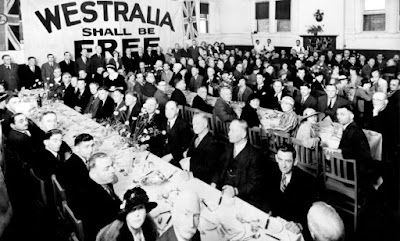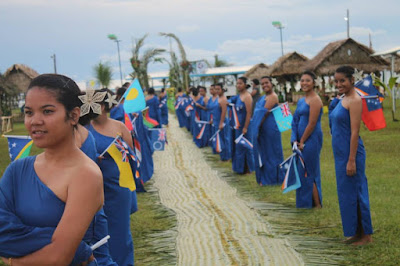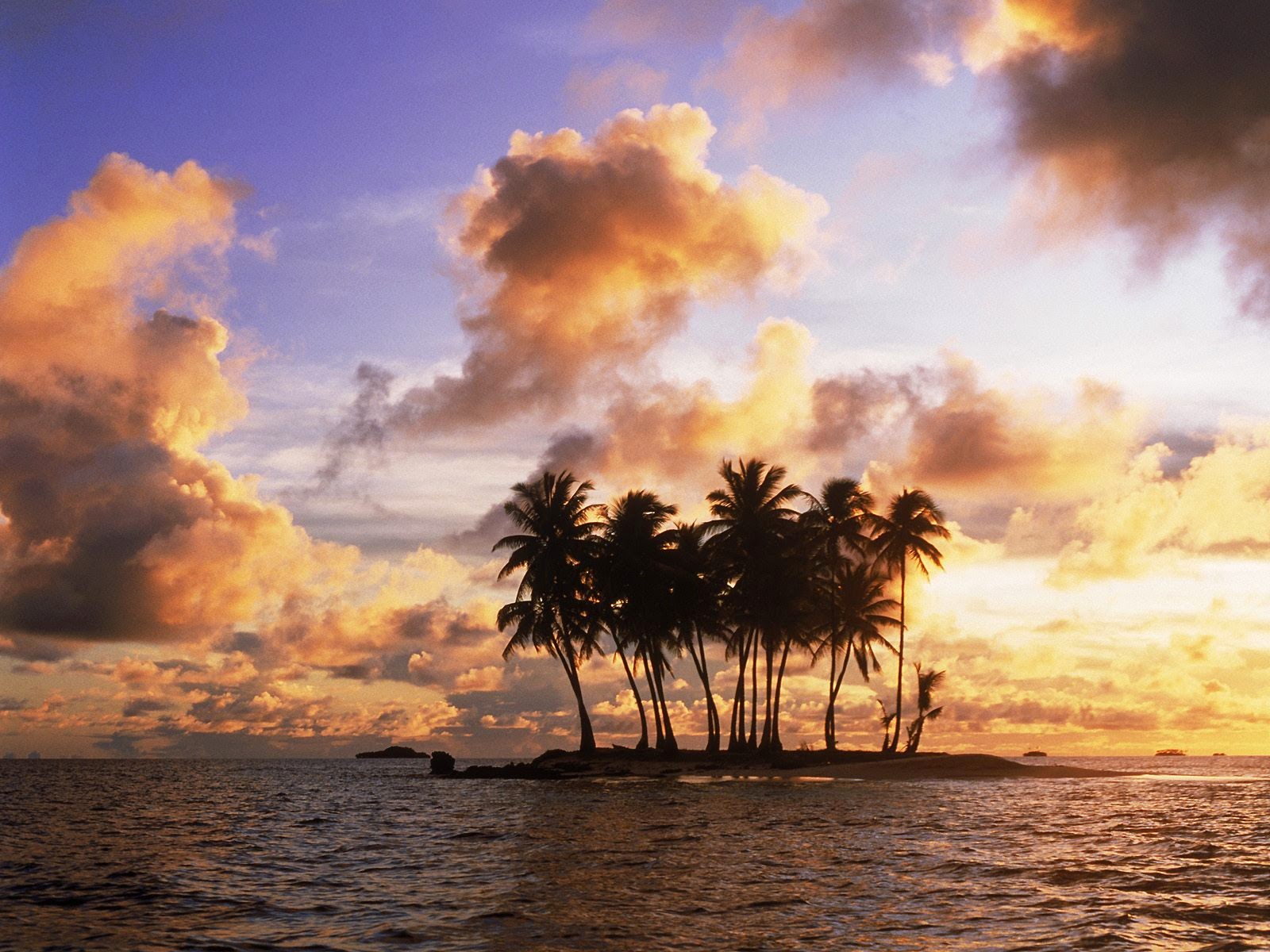August 2018 GA - Does Size Matter?
Independent Guåhan's August Meeting will honor the late Ricky Bordallo and tackle the question “Does Size Matter?” in terms of island development For Immediate Release, August 20, 2018 Independent Guåhan (IG) invites the public to attend our August General Assembly ( GA ) on Thursday, August 30th, from 6:00 to 7:30 p.m. at the Main Pavilion of the Chamorro Village in Ha gå tña. The event will focus on how Guåhan can be successful and prosperous as an independent country, and that being a small island does not truly hold us back. At each GA , Independent Guåhan honors a ma ga ’taotao : a notable figure that has helped guide the island and the Chamoru people on their quest for self-determination. This month, IG will be honoring the le ga cy of the late governor of Guåhan, Ricardo “Ricky” Bordallo. Bordallo served in I Liheslaturan Guåhan seven times and was elected twice as Guåhan’s governor. He was a strong believer in Guåhan, that its people were capable of great thi




